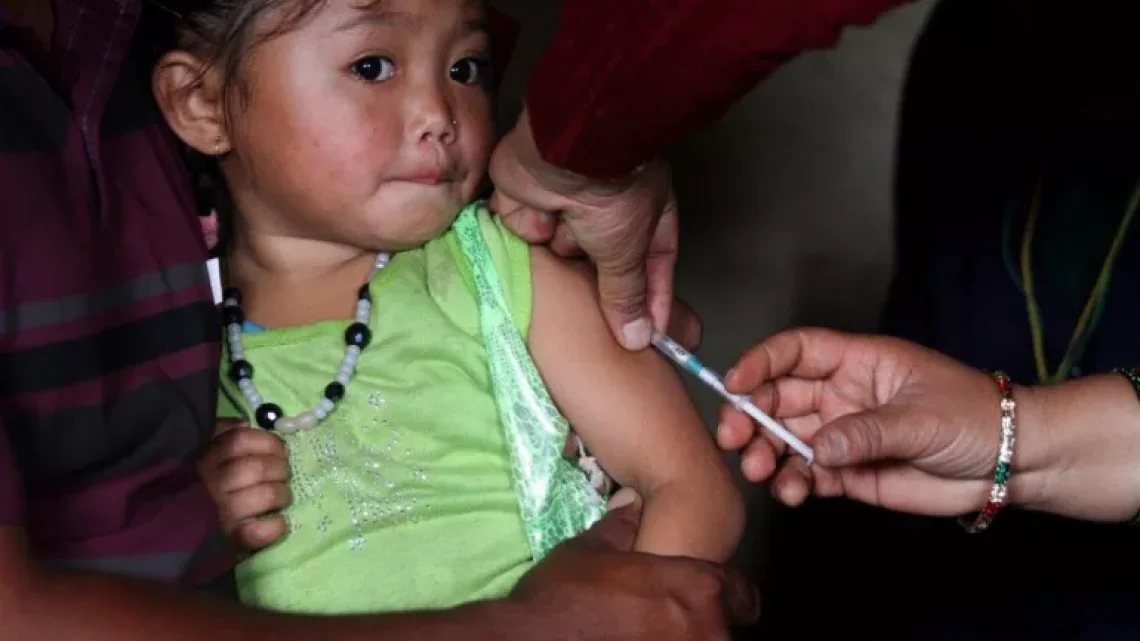
Stagnant Global Childhood Vaccination Rates Raise Outbreak Concerns
July 15, 2024Global childhood vaccination levels have stalled, leaving millions of children un- or under-vaccinated, the UN reported. This stalling raises fears of outbreaks of diseases like measles.
In 2023, 84 percent of children, or 108 million, received three doses of the DTP vaccine, a key marker for global immunisation. This rate has not improved from the previous year, indicating a halt in progress.
Before the pandemic, the rate was 86 percent in 2019. The UN health and children’s agencies warn that despite some recovery in 2022, progress has stalled.
UNICEF chief Catherine Russell noted that many countries still miss vaccinating too many children. In 2023, 2.7 million more children were un- or under-vaccinated compared to 2019.
“We are off track,” said WHO vaccine chief Kate O’Brien. Global immunisation has not yet recovered from the declines seen during the pandemic.
The number of zero-dose children, who have not received any vaccination, rose to 14.5 million in 2023. This increase is from 13.9 million in 2022 and 12.8 million in 2019, highlighting a growing gap.
O’Brien emphasized that the most vulnerable children are at risk. More than half of the world’s unvaccinated children live in 31 countries with fragile, conflict-affected settings, lacking access to essential health services.
In such countries, children are more likely to miss necessary follow-up vaccinations. In 2023, 6.5 million children did not complete their third DTP dose, essential for disease protection in early childhood.
The WHO and UNICEF are also concerned about lagging measles vaccination. Measles is highly infectious, and outbreaks expose gaps in immunisation, affecting the most vulnerable first.
WHO chief Tedros Adhanom Ghebreyesus stressed that measles outbreaks reveal and exploit immunisation gaps. Only 74 percent of children received their second measles dose, far below the 95 percent needed to prevent outbreaks.
Ephrem Lemango, UNICEF immunisation chief, reported over 300,000 measles cases in 2023, nearly triple the number from 2022. In the past five years, 103 countries have experienced outbreaks, with low vaccination coverage as a major factor.
Conversely, 91 countries with strong measles vaccine coverage saw no outbreaks. Lemango noted that nearly three in four infants live in areas at high risk of measles outbreaks. Ten crisis-wracked countries, including Sudan, Yemen, and Afghanistan, account for more than half of unvaccinated children.
On a positive note, there were strong increases in HPV vaccination, which prevents cervical cancer. However, HPV vaccine coverage is still low, reaching only 56 percent of adolescent girls in high-income countries and 23 percent in lower-income countries, far below the 90-percent target.

